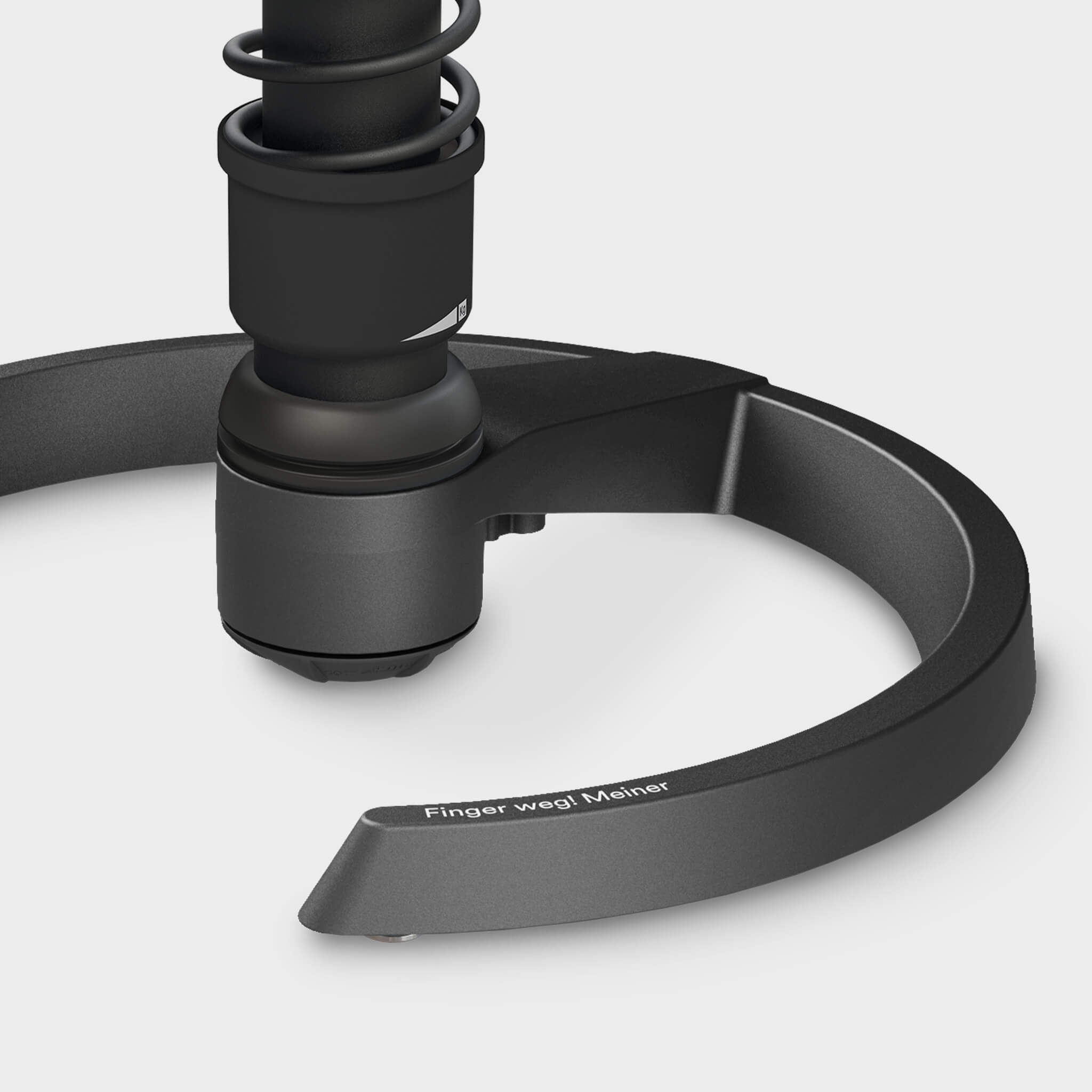What is an EEG study?
EEG is the abbreviation for electroencephalography or electroencephalogram and comes from the Greek encephalon and graphein, which means "brain writing". EEG refers to the recording of voltage fluctuations on the surface of the head to measure electrical brain activity. An EEG study is therefore a study with one or more test subjects to measure and ultimately evaluate this brain activity .
What happens during an EEG study?
Our brain functions through small electrical impulses. This causes tiny voltage changes at different points on the surface of the head. People cannot feel these voltage changes, but they can be measured using fine sensors called electrodes. To do this, the test subject or the person whose brain activity you want to measure is given a cap with electrodes filled with conductive gel. The voltage is then transmitted to a computer via a cable, where it becomes visible in a curve, for example.
Who conducts EEG studies?
EEG studies are often carried out as part of scientific research at a university. For example, an electroencephalogram can be used to measure the reaction of small children to colors, movement or television images. Another popular EEG topic is our sleep. There are even special laboratories in which nothing else is observed and measured, such as how people sleep, when a deep sleep phase begins and what happens in the brain during it, or whether electrical activity can be measured during sleep at all. EEG studies often take place as part of general psychology and also biological psychology.
Why are EEG studies done?
In many cases - such as measurements in a sleep laboratory - the aim is to find the causes of illnesses, disorders, but also emotions. If there is an illness or, for example, a sleep disorder, one naturally wants to find out how to remedy or improve it. In the case of a study of small children watching television, one might want to know what effects two-dimensional images can have on the cognitive processes of a small child's brain.
Does exercise influence our brain activity?
There are also EEG studies that are intended to provide information on how the ability to concentrate or pay attention can be increased. In 2015, Aeris commissioned a study to investigate the extent to which dynamic sitting on an Aeris Swopper influences the short- and long-term ability to concentrate and the corresponding brain activity.
A total of 45 subjects aged 22 to 27 years were tested in three seating conditions:
- Sitting on an Aeris Swopper
- Sitting on a test stool that only looked like an Aeris Swopper, but did not have its capabilities and was static
- Sitting on a conventional office chair with backrest
The subjects then had to carry out various tests to measure their long-term and short-term ability to concentrate. This test actually revealed neurological differences in performance. Subjects who sat on an Aeris Swopper during the tests were observed to have a more alert and attentive state of the cognitive system than those who sat on one of the other test chairs.
The measured EEG data showed that working on an Aeris Swopper can actually have a positive effect on the ability to concentrate and thus also that exercise has a positive influence on our brain activity.
